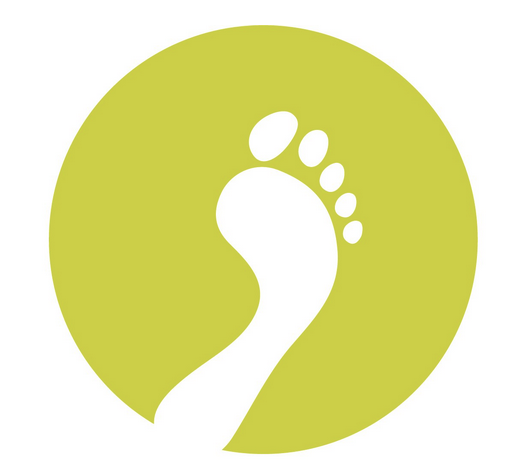DIABETES AND YOURE FEET
THIS INFORMATION IS FOR PATIENTS OF THE FOOT SPOT
PLEASE TAKE ALL ADVICE ON THIS PAGE AS GENERAL ONLY AND SHOULD ALWAYS BE USED IN CONJUNCTION WITH FREQUENT VISITS TO YOUR PODIATRIST
Welcome to The Foot Spot, where we're dedicated to taking care of your feet and helping you take a step in the right direction towards better foot health. Below you will find information pertaining to your appointment regarding diabetes and your foot health. Of course if you have any further questions please feel free to email us anytime via reception@thefootspot.com.au or call (02) 9326-3777
Living with diabetes requires diligent attention to overall health, and one crucial aspect often overlooked is foot care. As a Podiatrists at The Foot Spot understand the importance of maintaining healthy feet for individuals with diabetes. This resource aims to provide comprehensive advice on foot care, reducing the risk of complications and promoting overall well-being. At your initial appointment we understand that a lot of information was provided to you in a relatively short space of time. We have set-up this webpage as a resource for you to revisit and refresh the information provided to you.
Daily Foot Inspections
Inspect your feet daily for cuts, bruises, blisters, or any abnormalities.
Use a mirror or seek assistance if needed to check the soles and between the toes.
Report any concerning changes to your healthcare provider promptly.
Proper Foot Hygiene
Wash your feet daily with mild soap and lukewarm water.
Pat your feet dry, especially between the toes, to prevent moisture-related issues. Use ISOCOL spray between your toes after showers or swimming
Avoid hot water and harsh soaps, as they can cause skin dryness.
Moisturize
Apply a fragrance-free moisturizer to keep the skin hydrated, preventing cracks and dryness. We recommend WALKERS 25 Urea based moisturizer, however another commonly used one would be Eulactol Heel Balm.
Avoid applying moisturizer between the toes to prevent fungal growth. Only use ISOCOL between digits unless advised otherwise by your Podiatrist.
Cutting Toenails
Trim your toenails straight across to prevent ingrown toenails.
Do not cut into the corners or too close to the skin.
If you have difficulty reaching your feet, seek professional help from your Podiatrist.
If you notice anything unusual about your skin/nails contact your Podiatrist immediately.
Proper Supportive and Closed Footwear
Wear comfortable, well-fitting, supportive shoes to prevent friction and pressure points. Your Podiatrist can guide you on types of shoes, where to obtain them and who to assist you with fitting them correctly.
Check shoes for foreign objects, rough seams, or any irregularities before putting them on.
Choose breathable materials and avoid shoes with pointed toes or high heels.
Regular Exercise
Engage in regular, low-impact exercises to maintain a healthy weight range, improve circulation and blood flow.
Wear appropriate footwear for the activity you are doing and inspect your feet before and after physical activity.
Blood Sugar Control
Maintain optimal blood sugar levels through diet, medication, and regular monitoring. Regular visits to your GP and discussions regarding your blood sugar control is vital to good long term outcomes. The more you monitor, regulate and discuss this with your health care provider, the less complications you will have to deal with.
Consistent blood sugar control is crucial for preventing nerve damage and improving overall foot health.
Avoid Smoking
Smoking can impair blood circulation, increasing the risk of foot problems.
Quitting smoking can significantly benefit overall vascular health.
Smoking as a diabetic is an absolute risk and should be avoided at all costs.
Professional Foot Care
Schedule regular check-ups with your Podiatrist at The Foot Sot, even in the absence of symptoms. Your Podiatrist will advise you on how often they think you should be seen. Some patients only require yearly check-ups, whilst other require more frequent visits.
A Podiatrist can identify potential issues early on and provide appropriate interventions to avoid complications. Early intervention is the key! If you see something wrong, contact your Podiatrist or GP immediately.
Emergency Response
Seek immediate medical attention for any foot injury or infection.
Avoid self-treatment, especially if you notice signs of infection, such as redness, swelling, or pus/exudate.

